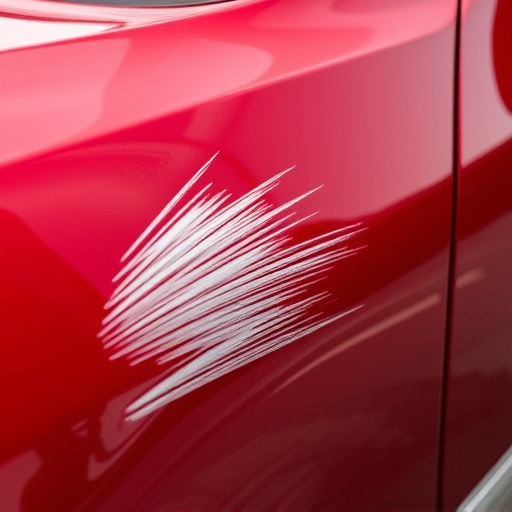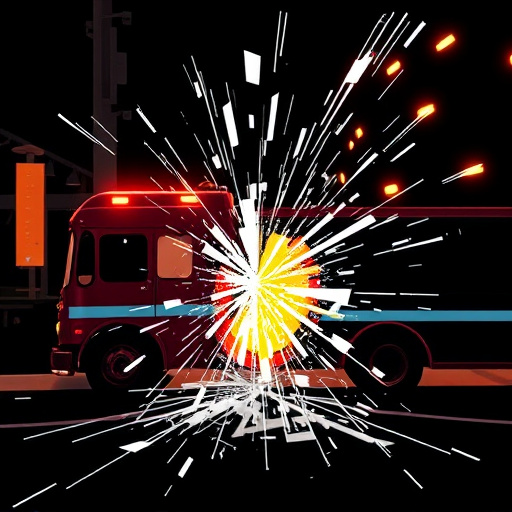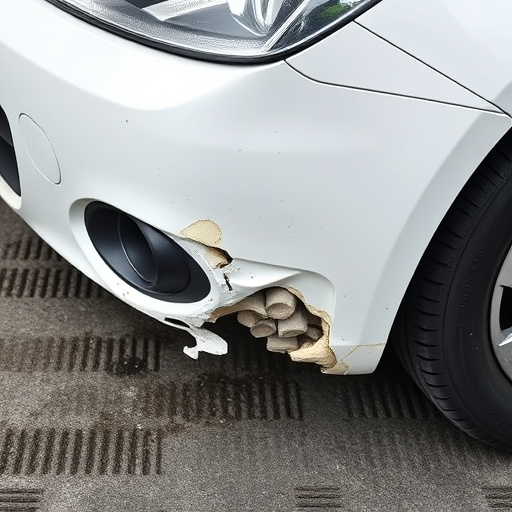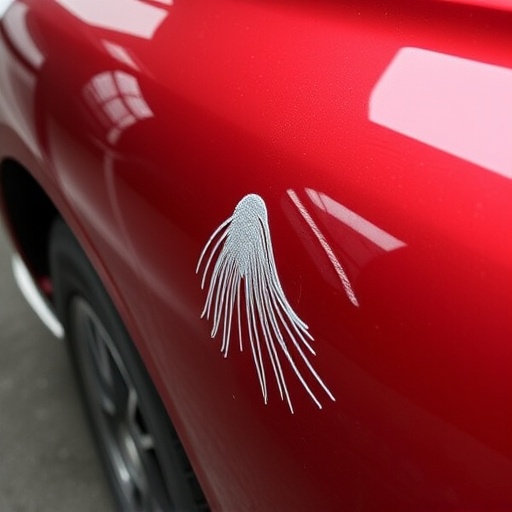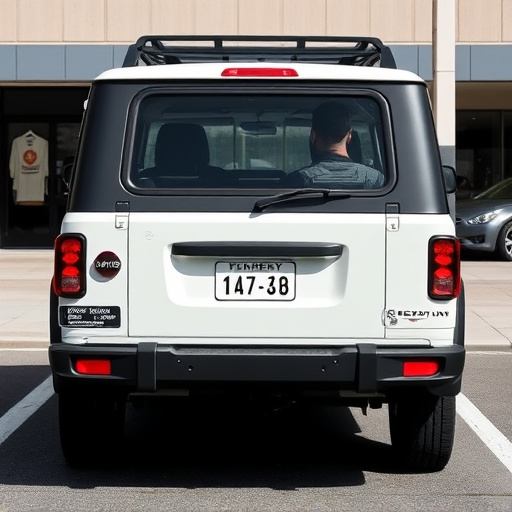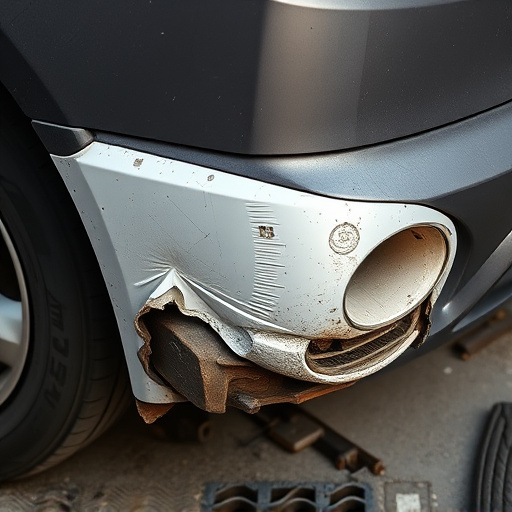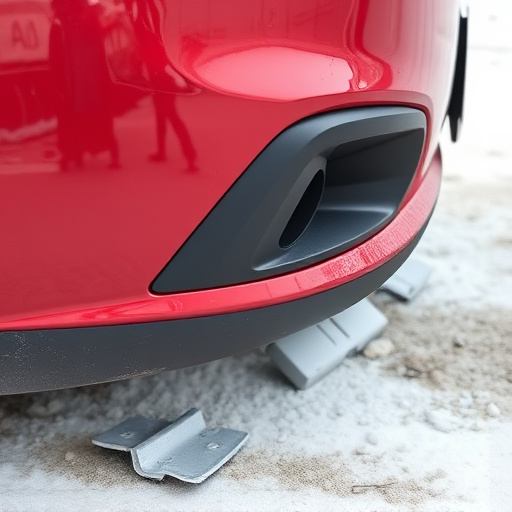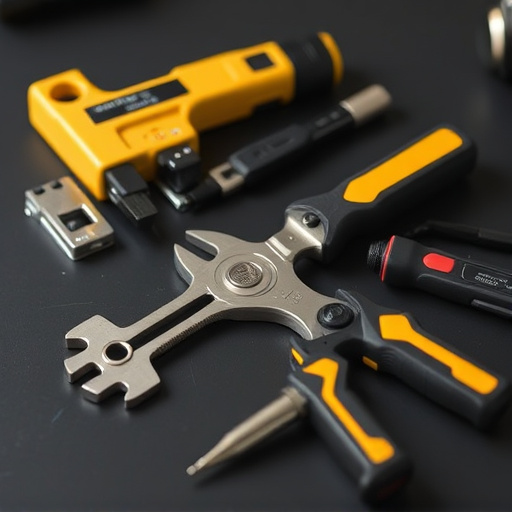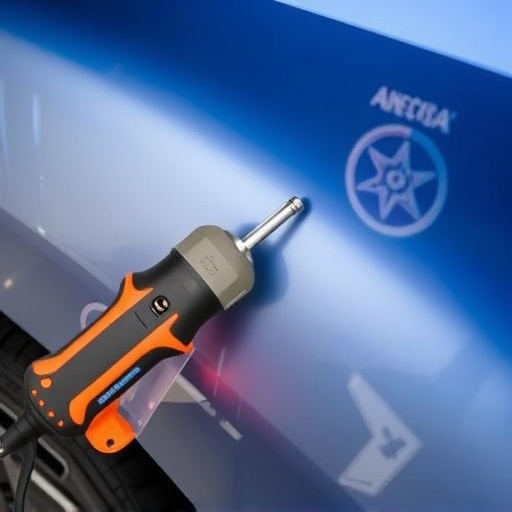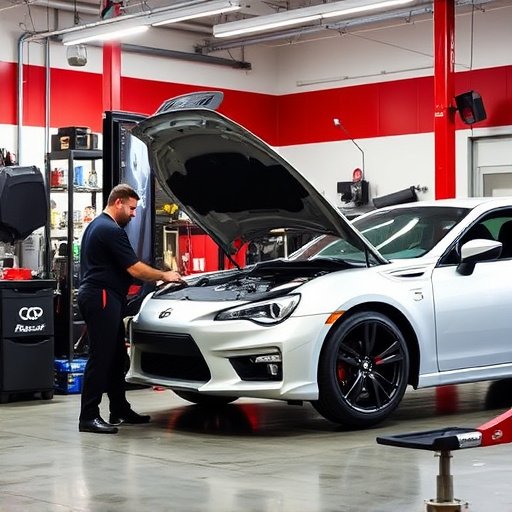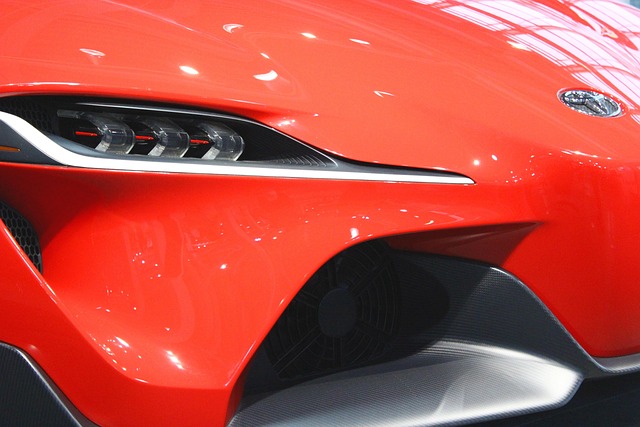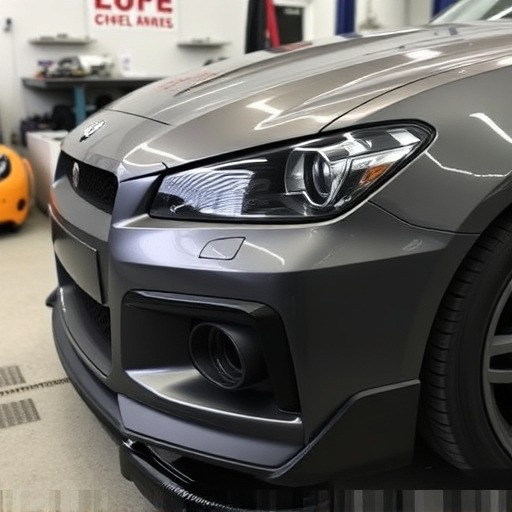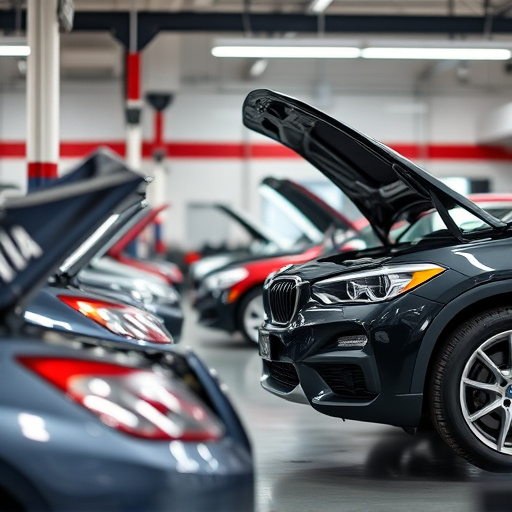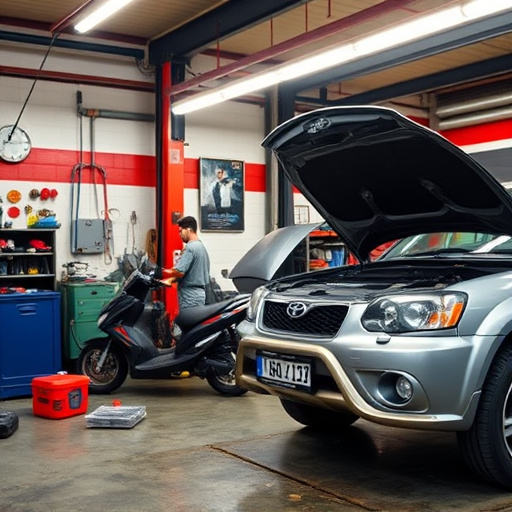Corrosion protection is a critical aspect of collision repair, addressing moisture and oxygen exposure vulnerabilities in metal structures. By employing surface preparation methods, specialized coatings, and regular inspections, body shops can significantly slow corrosion, enhancing structural integrity and repair longevity. Integrating corrosion prevention techniques during auto glass repair and bodywork prevents future damage, ensuring long-lasting results that preserve vehicle aesthetics and value.
Corrosion protection is an essential aspect of collision repair, addressing a hidden enemy that can compromise vehicle longevity and structural integrity. This article delves into the critical role of corrosion prevention in the automotive restoration process. We explore the intricacies of understanding corrosion, offering insights on its causes and impact. Additionally, we present effective strategies to safeguard against corrosion, highlighting best practices for professionals and owners alike to ensure long-lasting repairs. Embrace these techniques to enhance corrosion protection, fostering superior collision repair outcomes.
- Understanding Corrosion: The Hidden Enemy in Collision Repair
- Effective Corrosion Protection Strategies for Longevity
- Integrating Corrosion Prevention into Collision Repairs: Best Practices
Understanding Corrosion: The Hidden Enemy in Collision Repair

Corrosion, often regarded as the silent enemy in collision repair, is a natural process that occurs when metal surfaces are exposed to moisture and oxygen. This chemical reaction weakens the structural integrity of vehicles, leading to rust formation and potential weakness in components. In a collision center, where cars are often already damaged, corrosion can further exacerbate existing problems, making repairs more complex and costly.
Understanding this hidden menace is crucial for effective car dent repair and scratch repair procedures. Adequate corrosion protection becomes an essential part of the collision repair process, ensuring that once fixed, the vehicle retains its structural soundness over time. Preventive measures like applying protective coatings and using specialized treatments can significantly slow down corrosion, thus maintaining the quality of repairs in the long run.
Effective Corrosion Protection Strategies for Longevity
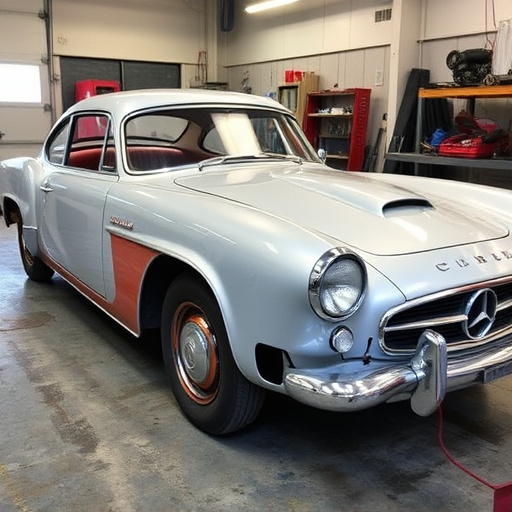
Corrosion protection is a vital strategy for any car body shop looking to offer top-quality fender repair and autobody repairs. Effective corrosion protection strategies begin with thorough surface preparation before applying any coatings or paints. This involves cleaning, degreasing, and etching the metal surface to ensure optimal adhesion of protective layers. Using specialized primers and undercoats that are designed to inhibit rust formation is essential, especially in regions with high moisture levels.
Additionally, implementing barrier coats and topcoats with high corrosion-resistant properties can significantly extend the lifespan of autobody repairs. Regular inspections and prompt repair of any signs of corrosion are crucial parts of maintaining corrosion protection. These measures not only ensure the longevity of repairs but also preserve the overall aesthetics and value of the vehicle, making it a key consideration for any reputable car body shop.
Integrating Corrosion Prevention into Collision Repairs: Best Practices
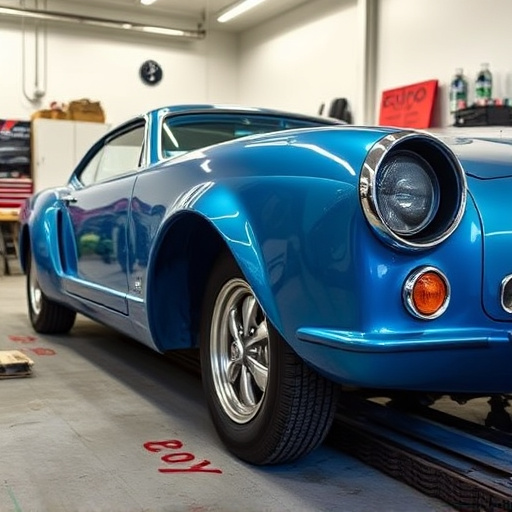
Integrating corrosion prevention into collision repairs is a best practice that ensures long-lasting results and minimizes future damage. Before initiating any auto glass repair or car bodywork services, it’s crucial to assess and treat the affected areas to prevent water intrusion, which can significantly accelerate corrosion. Techniques such as sandblasting and priming create a clean, smooth surface, eliminating rust spots and preparing the metal for efficient paint application.
For instance, when carrying out paintless dent repair, skilled technicians employ specialized tools to remove dents without painting. However, they also take care to seal and protect the underlying metal to avoid future corrosion. This dual approach – focusing on both immediate aesthetics and long-term durability – is essential in maintaining the vehicle’s structural integrity and preserving its resale value.
Corrosion protection is an integral part of the collision repair process, ensuring that vehicles not only look good but also last longer. By understanding the hidden enemy that is corrosion and implementing effective strategies, repair professionals can significantly enhance the longevity and value of the vehicles they restore. Integrating corrosion prevention best practices into every step of the repair process is key to achieving top-quality results that stand the test of time.
